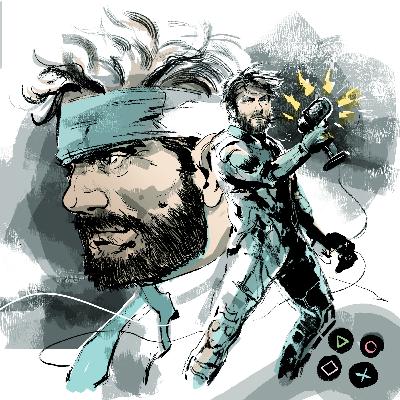Metal Gear Solid: Peace Walker (2010) - Peace of Ass
Description
The year is 1974. A decade after Operation Snake Eater, Big Boss finds himself in business with new best friend Kazuhira Miller. Their hobo union/private military contractor hybrid, Militaires Sans Frontières (Medecins Sans Frontières had been founded just 3 years prior in 1971, but Big Boss probably tried telling people it was "parallel thinking"), seems content with living on random beaches and receiving payment in the form of hot dog buns until a (actually not so) fateful encounter with an idealistic student and her professor. This new client offers the group a big job investigating a mysterious paramilitary force operating in the famously demilitarized island nation. While he was going to turn them down until he was given a tape suggesting that The Boss survived the events of Snake Eater and is alive somewhere in the jungles of Costa Rica, our hero ends up embarking on a journey that sees his ragtag militia grow into a more whimsical version of Blackwater.
This is the first entry in a multigame arc we've been referring to as the "Big Boss goes to hell trilogy," and it is, without a doubt, the best PSP exclusive ever made. That may be damning this very ambitious game by faint praise, but most of the major problems in this surprisingly enthralling title are owed to the shortcomings of the hardware it was made for rather than carelessness on the part of its creators. Most interesting of all is the light, whimsical tone that sets the stage for the most insane tonal whiplash the series has ever achieved in the upcoming Ground Zeroes and Phantom Pain.
If Konami was capable of doing anything that's even the least bit interesting, they'd be remaking Peace Walker for modern hardware and introducing some much-needed complexity and challenge to the main campaign. Unfortunately, we're probably going to get a remake of Delta in 2 years because hair rendering technology got so good in that time frame.
Art by Josh Lynch. Theme song by Brendan James, inspired by the work of Tappi Iwase, Kazuki Muraoka and Norihiko Hibino.


















